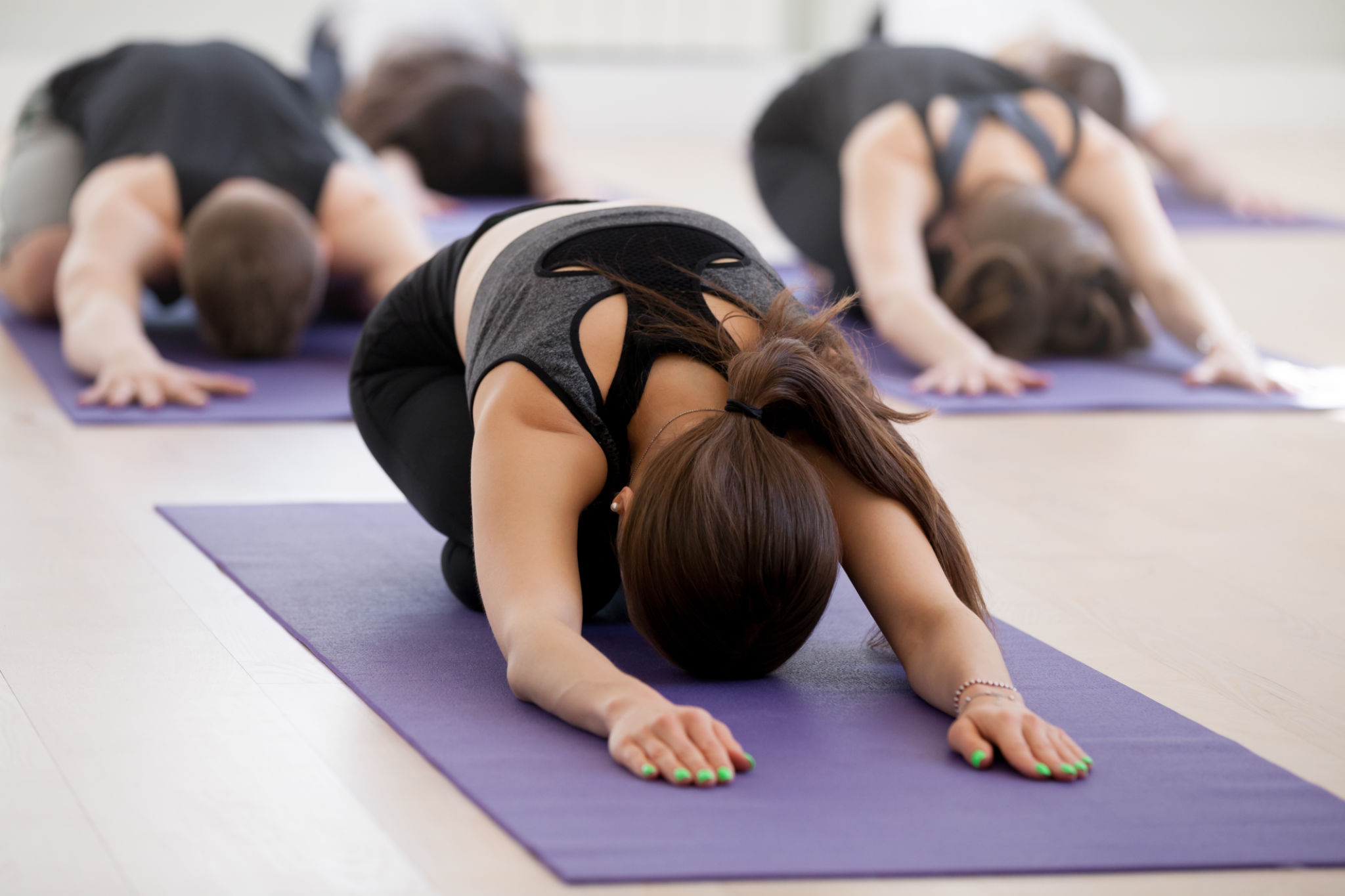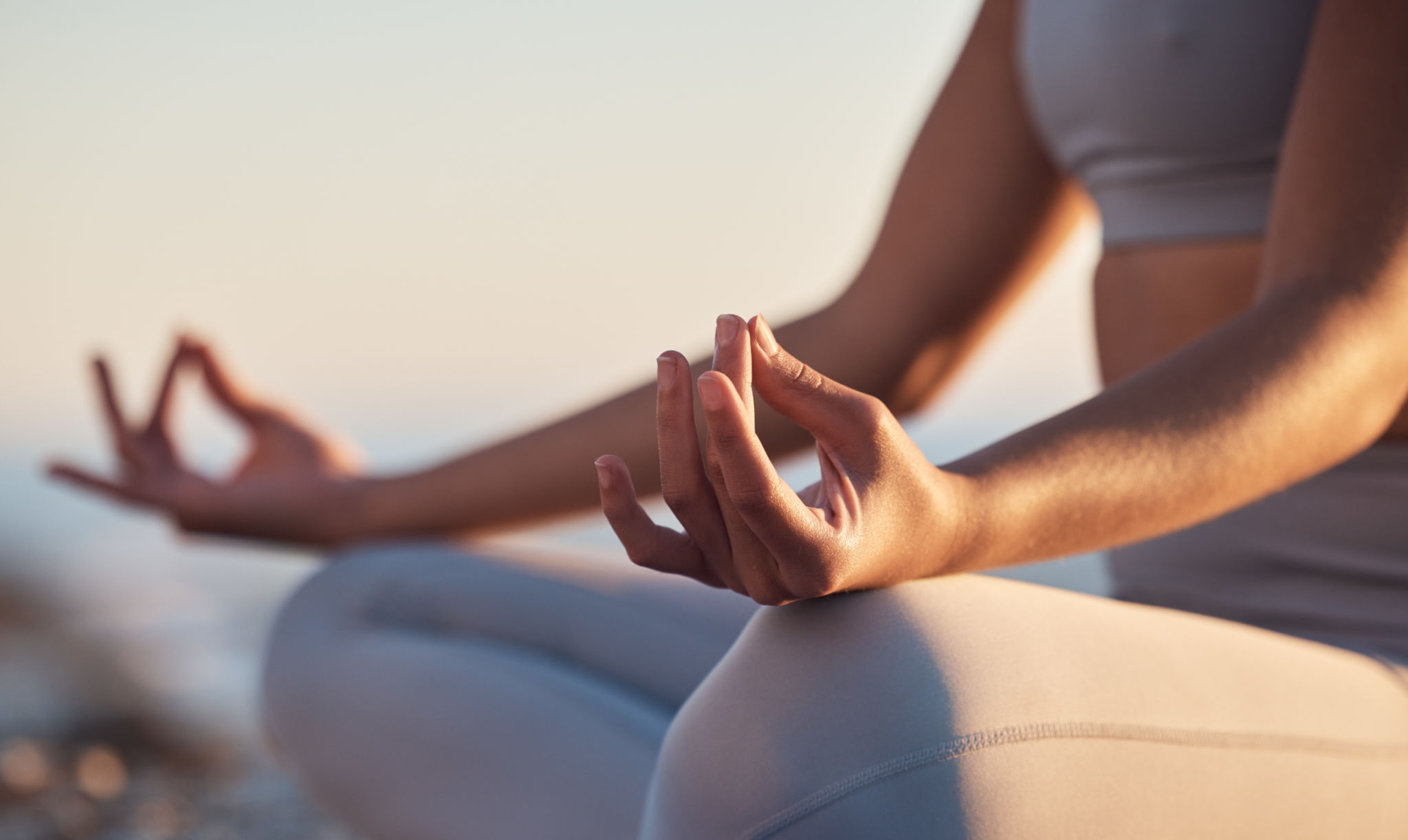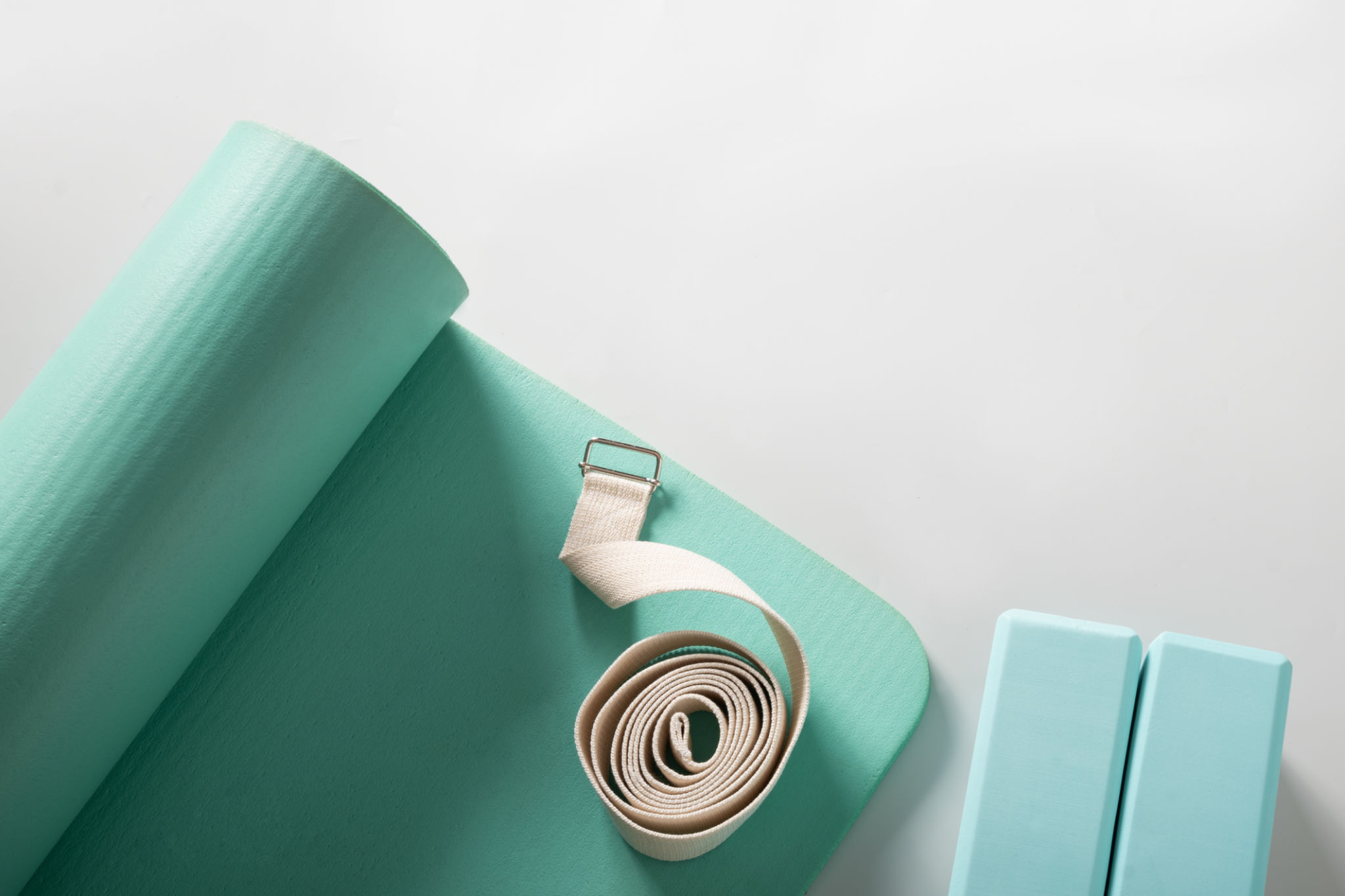How to Start Your Yin Yoga Practice: A Beginner's Guide
Understanding Yin Yoga
Yin Yoga is a slow-paced style of yoga that focuses on deep stretching and relaxation. It targets the connective tissues, such as ligaments and fascia, rather than just focusing on muscles. This practice is ideal for those looking to improve flexibility, release tension, and find a moment of peace in their busy lives.
Unlike more dynamic forms of yoga, Yin Yoga involves holding poses for extended periods, typically ranging from 3 to 5 minutes. This allows practitioners to delve deeper into stretches, promoting joint mobility and emotional calm. Yin Yoga is suitable for individuals of all fitness levels, making it an excellent choice for beginners.

Benefits of Yin Yoga
The benefits of Yin Yoga extend beyond physical flexibility. Regular practice can lead to improved circulation, reduced stress, and enhanced mental clarity. By focusing on the breath and being present in each posture, practitioners can cultivate mindfulness and a greater sense of self-awareness.
In addition to physical benefits, Yin Yoga can also aid in emotional release. Holding poses for several minutes allows you to explore and acknowledge emotions that may arise, offering a therapeutic experience that complements physical exercise.

Setting Up Your Practice Space
Creating a peaceful environment is crucial for a successful Yin Yoga practice. Choose a quiet space free from distractions. Ensure the area is clean and free of clutter to promote relaxation and focus. Consider using calming elements such as soft lighting, candles, or essential oils to enhance the ambiance.
Gather your yoga mat, blocks, blankets, and any other props you may need to support your practice. These tools can help you maintain comfort during longer holds and ensure proper alignment. Having everything within reach allows you to stay present during your session.
Basic Yin Yoga Poses for Beginners
Starting with simple poses can ease you into a Yin Yoga practice. Here are a few beginner-friendly poses to try:
- Butterfly Pose: Sit with the soles of your feet together, allowing your knees to drop open. Lean forward gently to deepen the stretch.
- Caterpillar Pose: Sit with your legs extended in front of you and fold forward, reaching for your toes or resting your hands on your shins.
- Sphinx Pose: Lie on your stomach, propping yourself up on your forearms with elbows under shoulders. This gentle backbend opens the chest and strengthens the spine.

Tips for a Successful Practice
As you begin your Yin Yoga journey, keep these tips in mind to enhance your experience:
- Breathe Deeply: Focus on deep, even breaths to help release tension and maintain mindfulness throughout each pose.
- Listen to Your Body: Pay attention to how your body feels and adjust poses as needed. Yin Yoga should be challenging but not painful.
- Be Patient: Progress in Yin Yoga comes gradually. Allow yourself time to adjust to the longer holds and enjoy the journey of self-discovery.
Incorporating Yin Yoga into Daily Life
Integrating Yin Yoga into your daily routine can provide lasting benefits. Start with short sessions a few times a week, gradually increasing the duration as you become more comfortable. Consistency is key in experiencing the full range of benefits that Yin Yoga offers.
Consider combining Yin Yoga with other forms of exercise or meditation to create a balanced wellness routine. The gentle nature of Yin Yoga makes it an excellent complement to more vigorous workouts or high-stress activities.

